Can Cats Eat Flowers? What You Should Know About Floral Treats for Your Feline Friend
- 2 Apr 2025 16:38
Cats are curious creatures, and it’s not uncommon for them to nibble on plants and flowers around the house. 🌸 But can cats eat flowers safely? While some flowers are non-toxic to cats, many popular flowers can be harmful or even deadly. It’s essential to know which flowers are safe and which should be kept out of your cat's reach. Let’s dive into the facts about cats and flowers.

The Risks of Cats Eating Flowers
Before we get into which flowers are safe, it’s important to understand why feeding flowers to your cat could be dangerous. Many flowers contain compounds that are toxic to cats, and even ingesting a small amount can lead to serious health problems. The most common risks include:
Toxicity: Many flowers, like lilies, daffodils, and tulips, contain chemicals that are poisonous to cats. Even small amounts of ingestion can cause severe symptoms such as vomiting, diarrhea, lethargy, and even organ failure in extreme cases.
Digestive Upset: Even non-toxic flowers can upset your cat’s digestive system if consumed in large quantities. Cats’ digestive systems are not designed to process plant matter, which can lead to vomiting or diarrhea.
Choking Hazard: Flowers, especially those with thick stems or large petals, can be a choking hazard. If your cat chews on or swallows a large piece of a flower, it could get stuck in their throat or digestive tract, causing blockages.
Safe Flowers for Cats
Not all flowers are dangerous for cats, and some can be safely enjoyed in moderation. Here are a few flowers that are generally considered safe for your feline companion:
Catnip (Nepeta cataria): This is the most famous "flower" that cats can safely eat and enjoy. Catnip belongs to the mint family and has a strong scent that many cats find irresistible. It’s safe for cats to nibble on, and it can even stimulate playfulness and excitement. 🌿
Rose (Rosa spp.): Roses are non-toxic to cats, but you should always ensure that the thorns are removed to avoid injury. While the petals are safe, it's best to feed them in moderation to avoid digestive upset.
Sunflowers (Helianthus annuus): Sunflowers are non-toxic to cats, so they can safely nibble on the petals or leaves. However, sunflower seeds can be a choking hazard, so it’s better to keep the seeds away from your cat.
Hibiscus (Hibiscus spp.): Hibiscus flowers are also non-toxic to cats, making them a safe option if your cat enjoys chewing on plants. The bright colors of hibiscus flowers might be appealing to your cat as well.
Marigolds (Tagetes spp.): Marigolds are safe for cats, but they aren’t typically a favorite among feline palates. If your cat does nibble on them, there's no need to worry.
Zinnias (Zinnia spp.): Zinnias are non-toxic to cats, making them a safe flower option for your home or garden. They come in various bright colors, making them a beautiful and safe choice.
Toxic Flowers for Cats
While some flowers are safe, others can be extremely harmful. Be sure to keep the following toxic flowers away from your cat:
Lilies (Lilium spp.): Lilies are highly toxic to cats, and even small amounts can cause kidney failure. All parts of the lily plant, including the flowers, leaves, and pollen, are toxic. Keep lilies out of reach of your cat, as ingestion can be fatal.
Tulips (Tulipa spp.): Tulips contain compounds called tulipalin A and B that are toxic to cats. Ingesting tulips can lead to gastrointestinal distress, lethargy, and in severe cases, organ damage.
Daffodils (Narcissus spp.): Daffodils contain lycorine, a toxic compound that can cause vomiting, diarrhea, and even heart arrhythmias in cats. Be cautious of daffodils in your home or garden.
Azaleas (Rhododendron spp.): Azaleas contain grayanotoxins, which can cause vomiting, diarrhea, and heart problems in cats. If your cat eats any part of an azalea, it could lead to serious health issues.
Chrysanthemums (Chrysanthemum spp.): While beautiful, chrysanthemums contain pyrethrins, which can cause drooling, vomiting, and even lethargy in cats. Avoid letting your cat chew on this flower.
Oleander (Nerium oleander): Oleander is highly toxic to cats. All parts of the plant, including the flowers, are dangerous and can cause severe poisoning, leading to symptoms such as vomiting, diarrhea, and heart issues.
Hyacinths (Hyacinthus spp.): Hyacinths contain toxins that can cause gastrointestinal upset and other symptoms like drooling, vomiting, and lethargy. Avoid allowing your cat to eat hyacinth flowers.
Autumn Crocus (Colchicum autumnale): This flower contains colchicine, a toxin that can cause kidney and liver damage. It’s highly toxic to cats, and ingestion should be avoided at all costs.
How to Prevent Your Cat from Eating Flowers
If your cat loves to chew on plants, there are a few things you can do to prevent them from nibbling on toxic flowers:
Keep Toxic Plants Out of Reach: The most effective way to keep your cat safe is to ensure that toxic flowers and plants are kept out of your cat’s reach. Place flowers on high shelves or in rooms where your cat cannot access them.
Provide Safe Alternatives: If your cat enjoys chewing on plants, consider offering them safe, cat-friendly plants like catnip, wheatgrass, or safe herbs such as basil and mint.
Use Deterrents: There are sprays available that can deter cats from chewing on plants. These sprays have a bitter taste that cats dislike but are safe for the plants.
Monitor Your Cat: If you bring flowers into your home, monitor your cat closely to ensure they’re not chewing on them. If you catch them in the act, gently redirect them to a safe toy or plant.
The Role of PettureX in Pet Health
If you’re ever unsure about whether a specific flower or plant is safe for your cat, PettureX is here to help! 🐾 PettureX offers 24-hour online consultations with pet health professionals and can provide you with the information you need to keep your cat safe from harmful plants. It also features a pet image recognition tool, so you can check whether the flowers in your home or garden are safe for your cat.
Conclusion
So, can cats eat flowers? It depends on the flower! While some flowers, like catnip, roses, and sunflowers, are safe for your cat to enjoy, others like lilies, tulips, and daffodils can be highly toxic and dangerous. Always ensure that any flowers or plants in your home are safe for cats, and keep toxic varieties out of reach.
If you’re ever unsure, consult PettureX for personalized advice and support to keep your cat happy and healthy. 🐱💚
By being mindful of the plants and flowers in your home, you can keep your curious cat safe from harm and still enjoy beautiful blooms!
Related
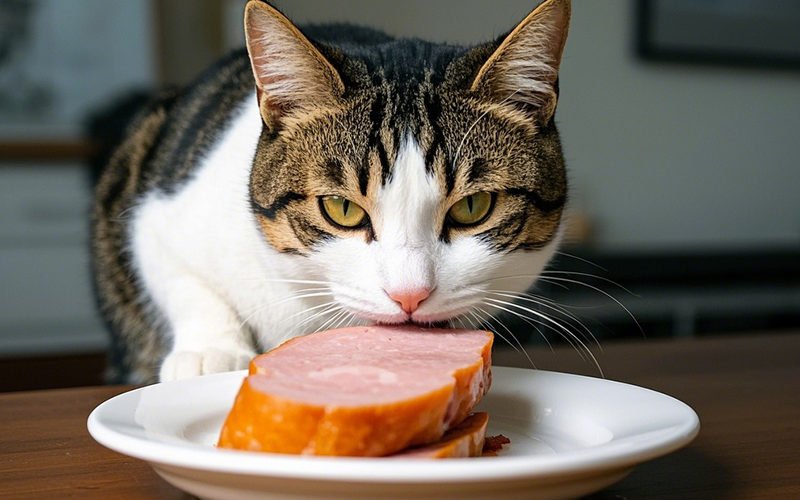
Can Cats Eat Deli Ham? A Meaty Treat That Comes with Caution
- 2 May 2025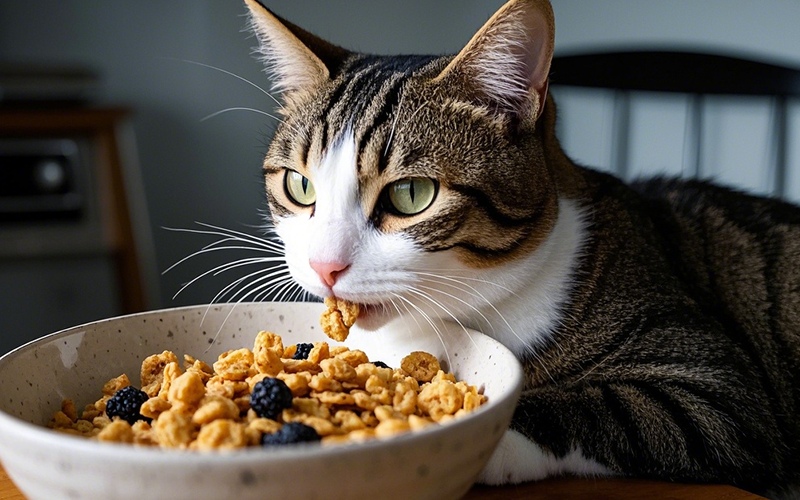
Can Cats Eat Granola? Is This Crunchy Snack Safe for Your Feline Friend?
- 2 Apr 2025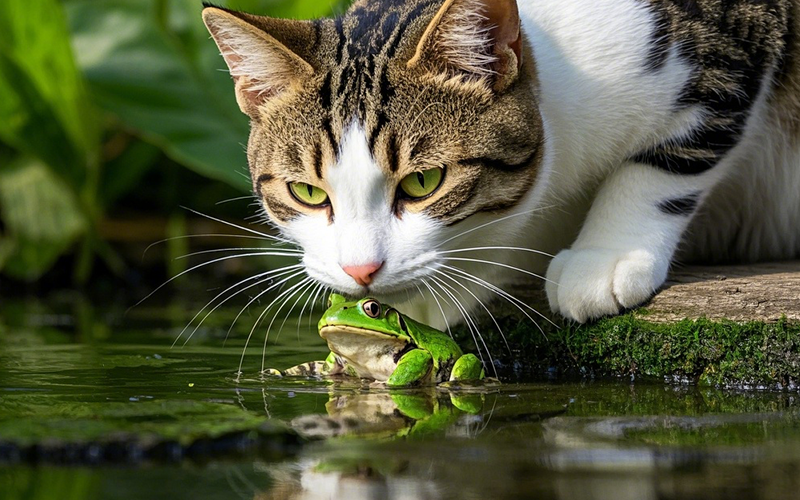
Can Cats Eat Frogs? What You Should Know About Frogs and Your Feline Friend
- 2 Apr 2025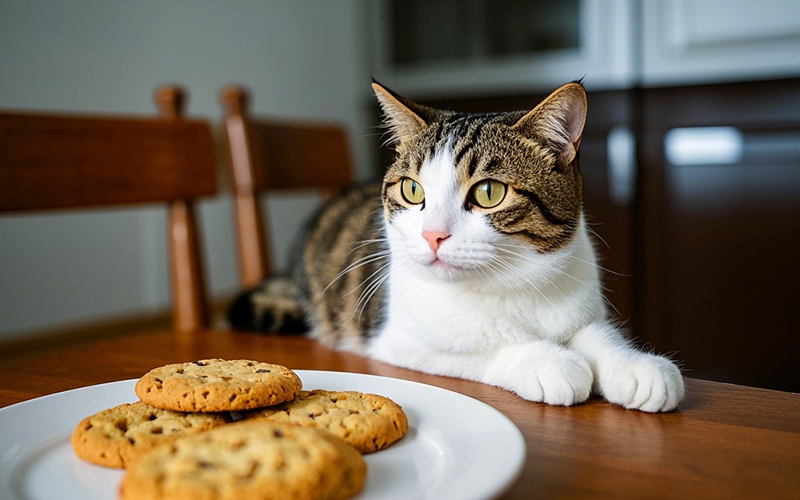
Can Cats Eat Graham Crackers? A Sweet Snack or a Risky Treat for Your Feline Friend?
- 2 Apr 2025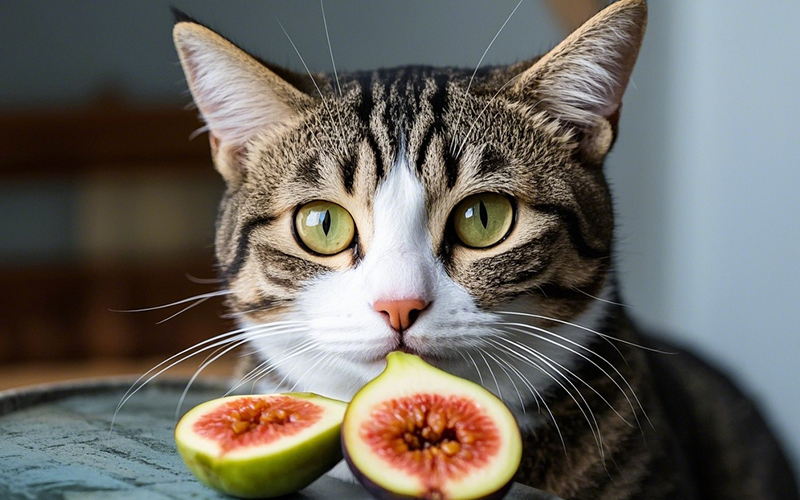
Can Cats Eat Figs? What You Need to Know Before Sharing This Fruit
- 2 Apr 2025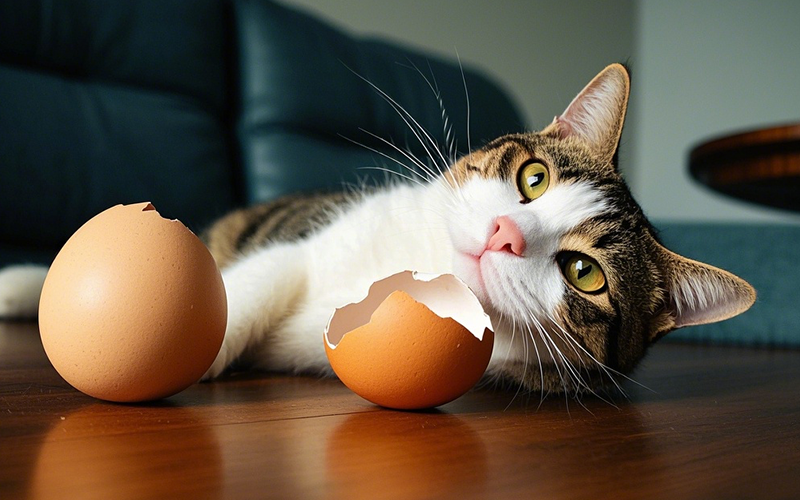
Can Cats Eat Egg Shells? The Benefits and Risks of This Crunchy Treat
- 2 Apr 2025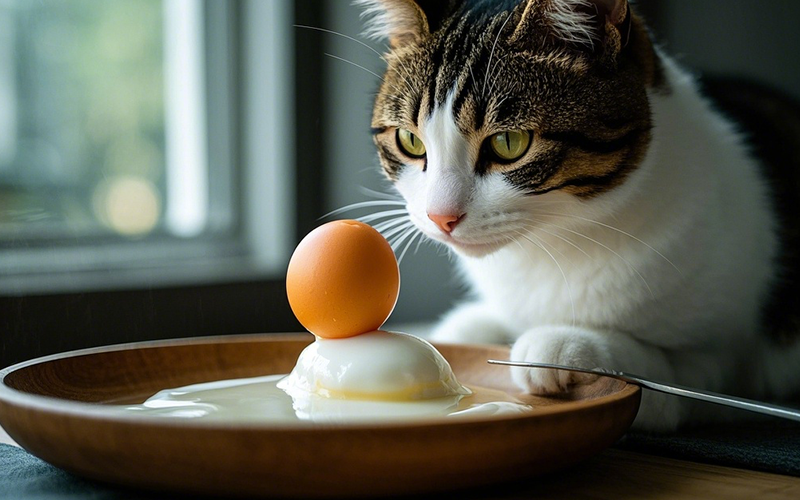
Can Cats Eat Egg Whites? The Facts You Need to Know
- 2 Apr 2025
Can Cats Eat Dry Dog Food? Why It’s Not a Good Idea
- 2 Apr 2025
Can Cats Eat Donuts? A Sweet Treat Best Avoided
- 2 Apr 2025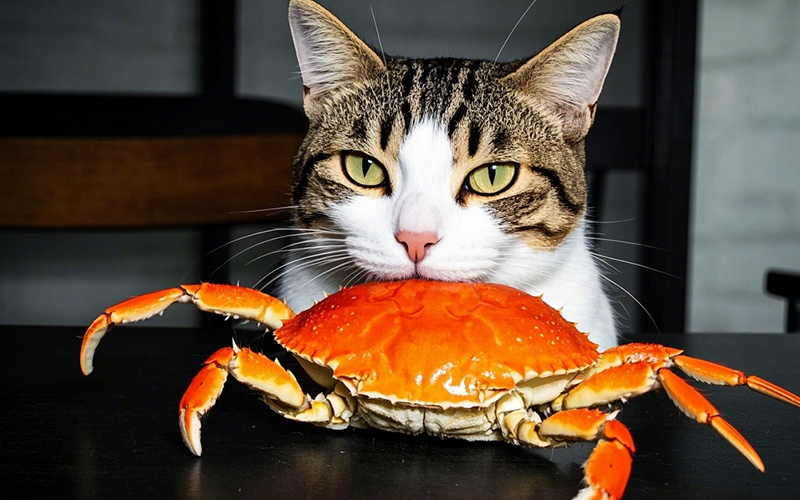
Can Cats Eat Crab Meat? A Tasty Treat with Some Caution
- 1 Apr 2025
